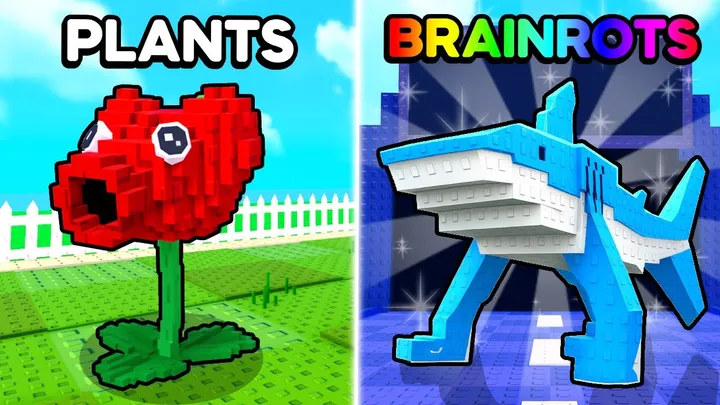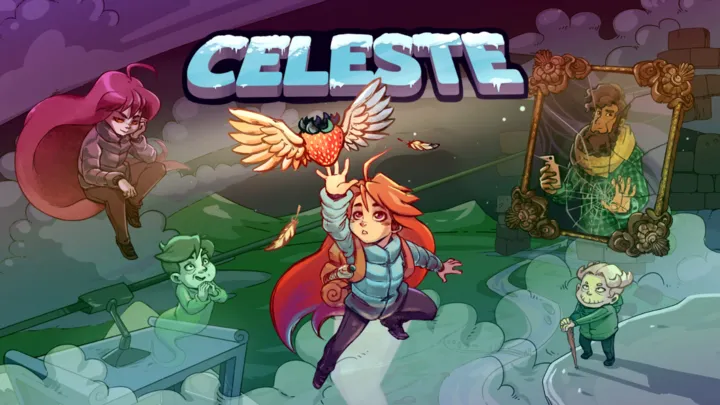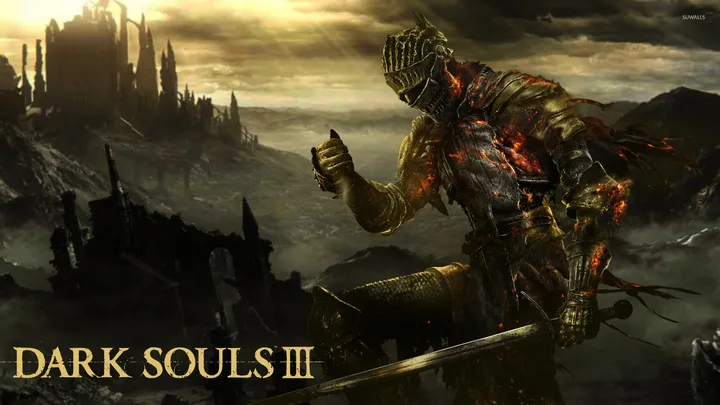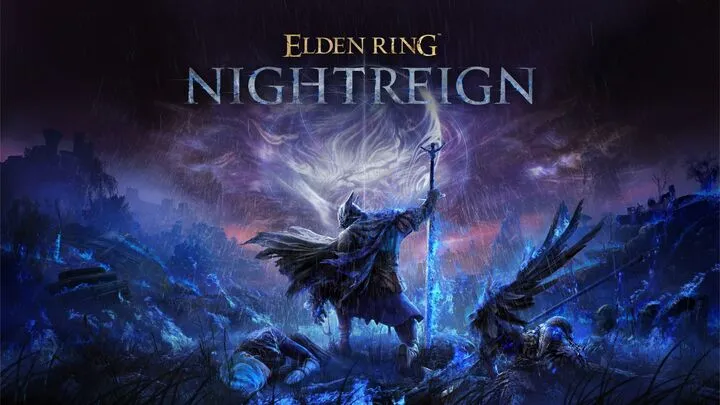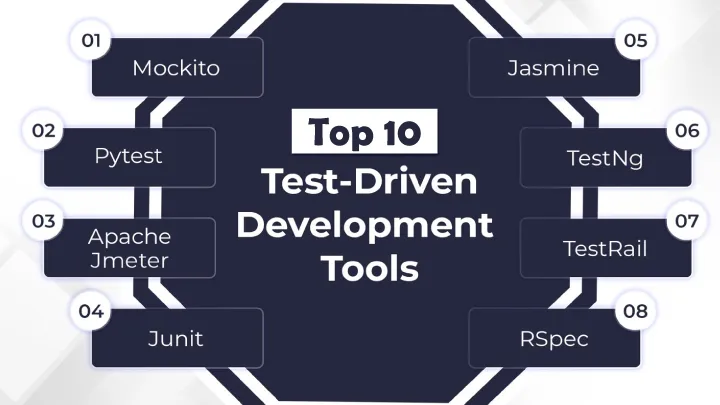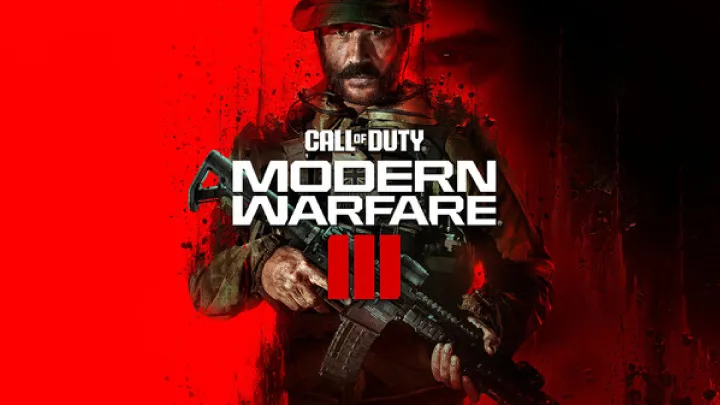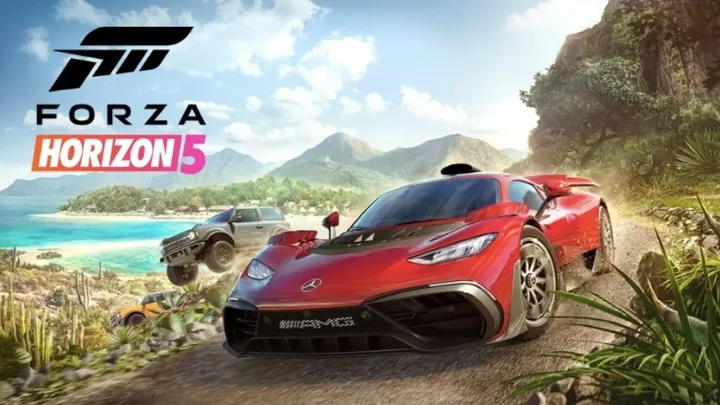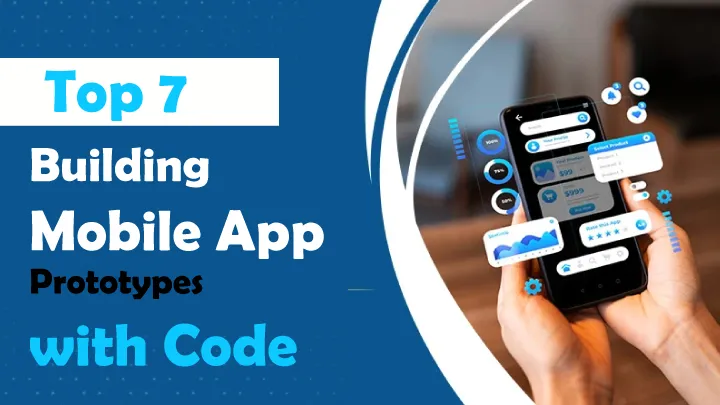Introduction
The Headliners is not just a music simulation game—it is a creative journey where players take on the role of rising performers aiming to reach stardom. Beyond the catchy beats and glamorous visuals, one specific issue shapes the core of the experience: the tension between identity creation and the pressure to perform. Unlike traditional rhythm games that focus only on perfect timing, The Headliners requires players to craft personas, manage reputations, and balance artistry with audience expectations. This article explores that issue deeply, analyzing how identity and pressure evolve throughout gameplay, and how they shape both player experience and broader reflections on the music industry.
First Steps – Building a Musical Identity
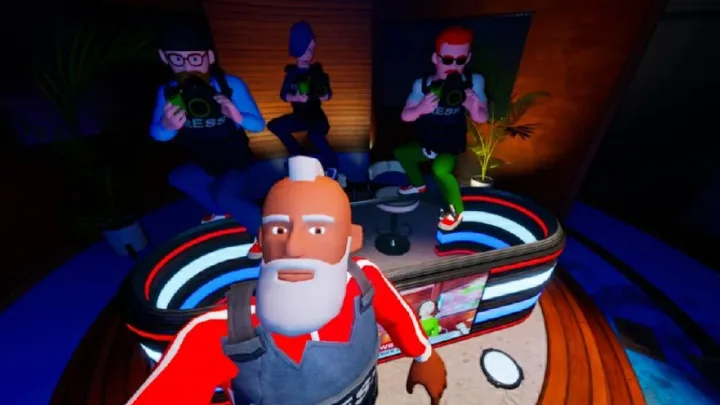
At the beginning, players are tasked with designing their avatars, selecting styles, and choosing musical directions. This stage feels lighthearted and experimental.
But identity choices are more than cosmetic—they influence early fan reception and shape performance opportunities. For example, a pop-focused persona may attract mainstream attention, while experimental musicians risk slower growth. This creates an immediate layer of strategic tension.
Early Gigs and the Weight of Audience Reactions
Once identity is established, players perform their first small gigs. These early shows are essential for building confidence and testing style.
Here, the issue of pressure emerges. Every missed note, awkward lyric, or mismatched outfit affects crowd response. Unlike casual music games, The Headliners demands players not only to succeed musically but also to project authenticity.
Balancing Authenticity with Popular Appeal
As careers grow, players must decide whether to remain true to their creative vision or shift styles to meet market demand.
This balancing act mirrors real-world industry struggles. Sticking to niche genres may limit commercial opportunities, while chasing trends risks alienating loyal fans. The game forces players to grapple with the emotional weight of compromise.
Media Influence and Reputation Management
The further players progress, the more media outlets shape their journey. Reviews, interviews, and fan discussions affect reputation.
This introduces another layer of performance pressure: even when a show goes well, external narratives can redefine its success. Players must learn to manage not just their stage presence, but their public image.
Rivalries and the Stress of Competition
The Headliners introduces rival performers, each with unique styles and strategies. Rivalries create narrative drama but also add psychological stress.
Competitions force players to push boundaries, innovate, and sometimes overextend themselves. This mirrors how real artists struggle to maintain relevance in competitive industries, amplifying the tension between identity and pressure.
Touring – The Exhaustion of Sustained Performance
Once established, players begin large-scale tours. These tours are lucrative but draining, demanding consistent performances across multiple venues.
Fatigue, travel, and resource management become significant factors. Even when players want to experiment, the pressure of delivering flawless shows night after night restricts creativity. This stage reveals how success can trap artists in cycles of repetition.
Fan Expectations and the Fear of Disappointment
By mid-game, fan communities grow. They celebrate, criticize, and demand new content. Their expectations weigh heavily on every decision.
Players may feel forced to repeat past successes or avoid risks, mirroring how real artists can feel enslaved by their most popular works. The fear of letting fans down becomes a central form of pressure.
Creative Burnout and Recovery Choices
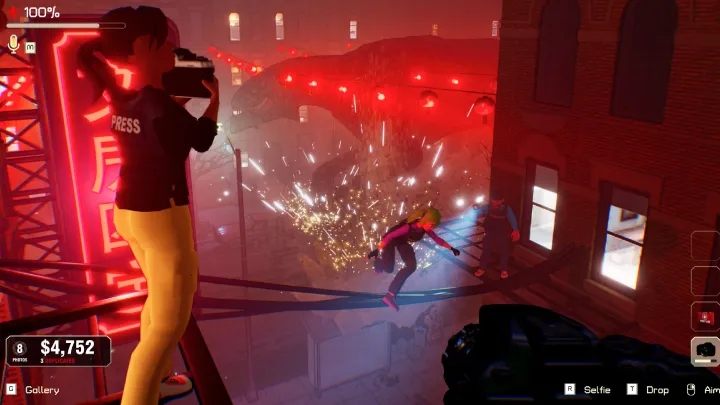
The game addresses burnout through mechanics that penalize overwork. Players who ignore rest, personal expression, or balance risk declining performance quality.
This is where The Headliners tackles one of the most realistic struggles in the creative world: sustaining artistry under constant scrutiny. Burnout is not just a gameplay mechanic—it’s an emotional reckoning.
Climactic Performances and Peak Pressure
The final stages of the game feature high-profile shows, festivals, and media-covered events. These climaxes demand everything players have learned.
At this point, identity and pressure converge. Success depends on balancing authentic artistry with the ability to withstand overwhelming expectations. The tension feels heavier than any rhythm challenge—it is the culmination of psychological growth.
Reflection – The Cost of Stardom in The Headliners
When the campaign concludes, players are encouraged to reflect on their journey. Did they stay true to their musical identity, or did they sacrifice creativity for fame?
The game doesn’t offer a simple “win” or “lose” ending—it provides a mirror of artistic struggle. Players may feel proud of their authenticity, regret compromises, or even question the meaning of success.
Conclusion
The Headliners is far more than a rhythm game. It is a simulation of the personal and psychological struggles that define the path to stardom. By focusing on the tension between identity and pressure, it forces players to confront the realities of artistic compromise, burnout, and reputation management. Its brilliance lies in making players not only perform but also reflect on the emotional cost of fame. For those willing to look beyond the surface of beats and lights, The Headliners
